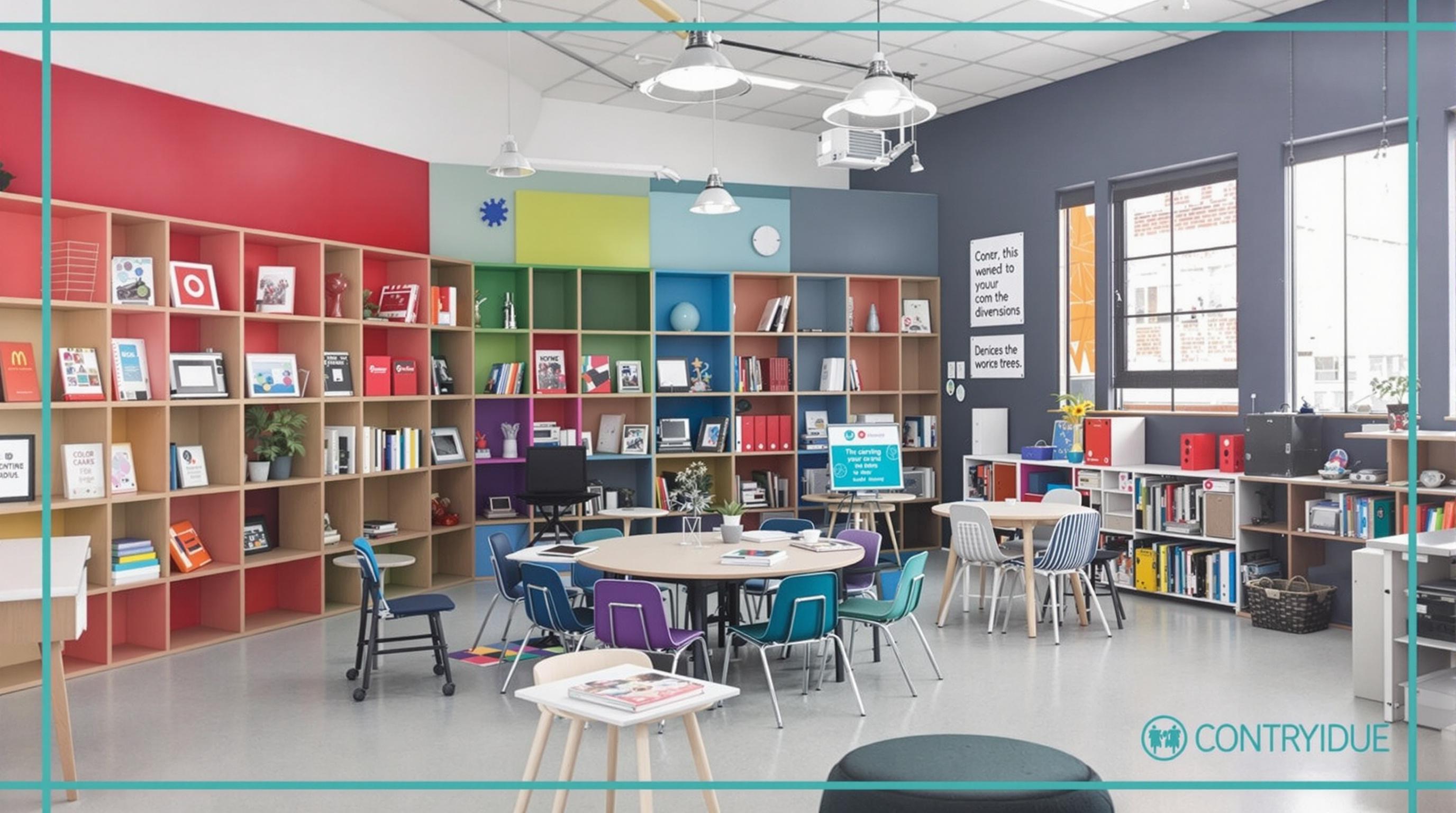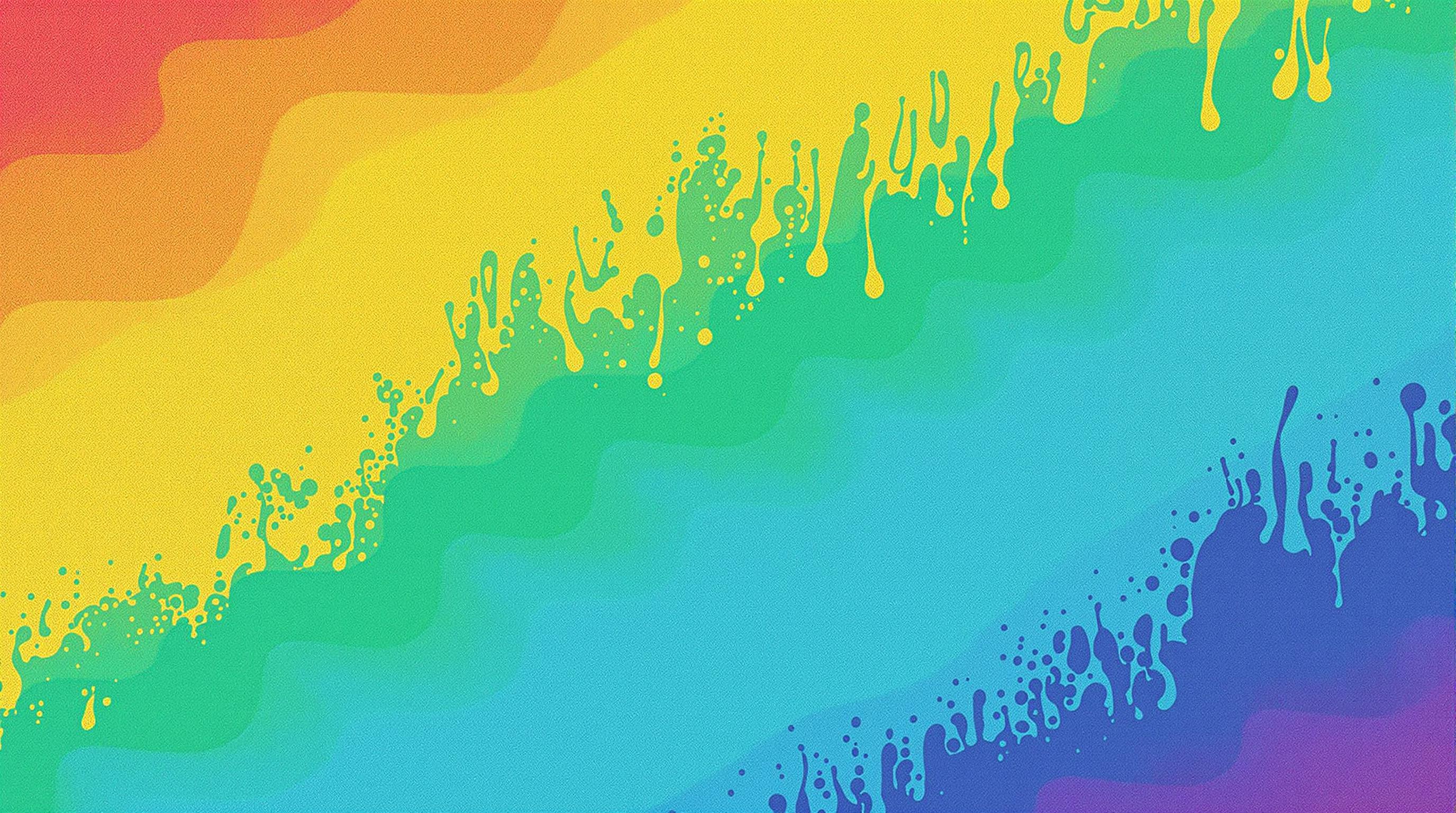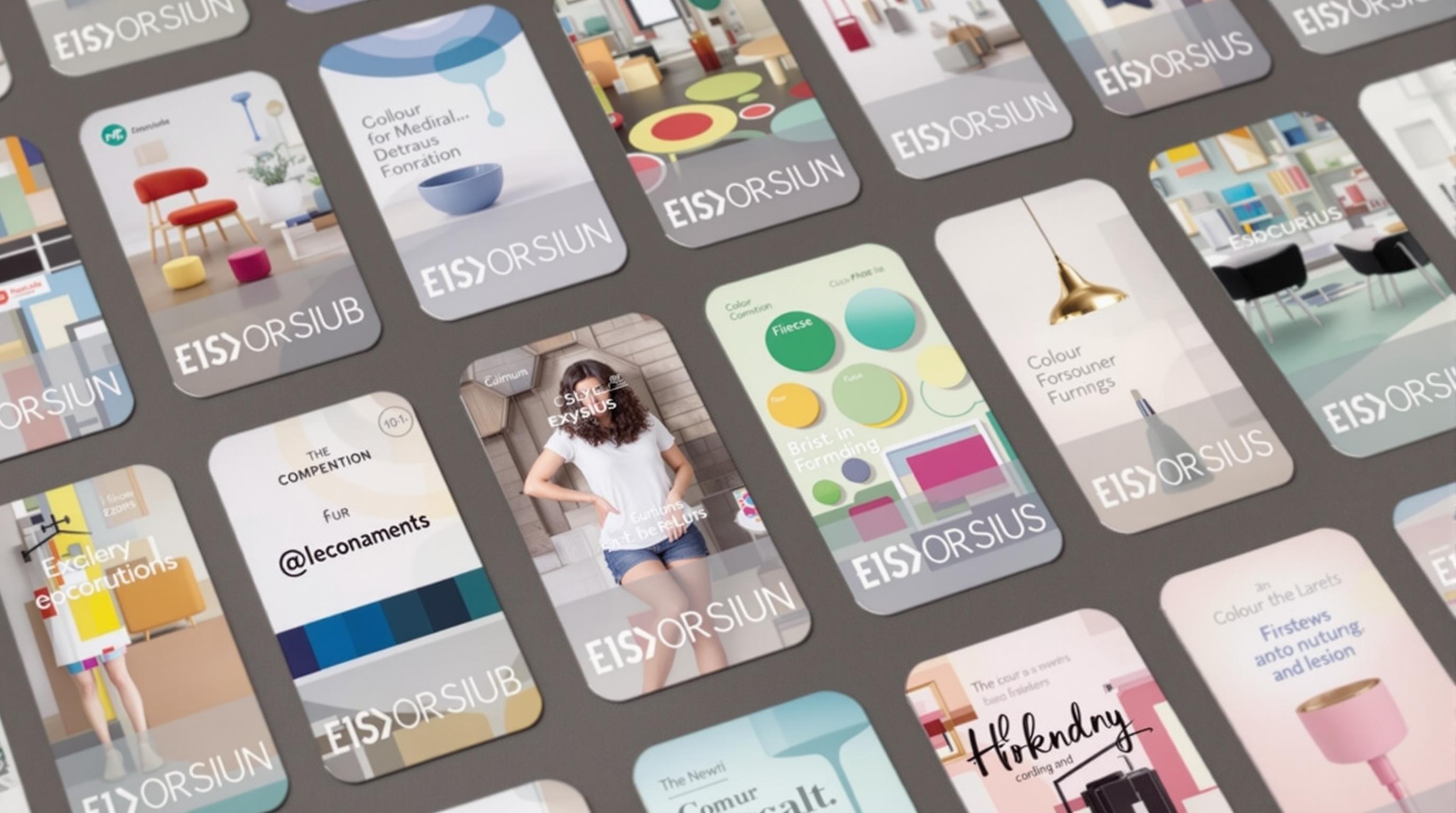Related Articles
- Bizarre Wonders: Crafting Functional Ornaments from Obsolete Household Gadgets and Oddities
- Eco-Chemistry: Innovative Projects Using Upcycled Materials from Your Kitchen for Sustainable Living
- Mystical Metamorphosis: Crafting Enchanted Home Decor from Unwanted Childhood Toys and Forgotten Doll Parts
- Color Cravings: Exploring the Unconventional Links Between Food Choices and Fashion Statements
- Hues of Controversy: The Surprising Ties Between Color Choices and Ethical Consumerism Trends
- Color Waves: Exploring the Impact of Music on Visual Aesthetics in Art and Fashion Choices
11 Surprising Dimensions: How Color and Style Guides Can Enhance Cognitive Function and Shape Learning Environments for Success
11 Surprising Dimensions: How Color and Style Guides Can Enhance Cognitive Function and Shape Learning Environments for Success
11 Surprising Dimensions: How Color and Style Guides Can Enhance Cognitive Function and Shape Learning Environments for Success
Introduction to Color Psychology
Color psychology is a fascinating field that studies how colors affect human thought processes and behaviors. Research indicates that colors not only influence emotions but also impact cognitive functions such as memory and focus. For instance, a study by Andrew Elliot and Markus Maier suggested that the color red can enhance attention to detail, making it potentially beneficial in learning environments where precision is crucial (Elliot & Maier, 2014).
Conversely, colors like blue and green have been associated with calmness and creativity. These hues can foster an atmosphere conducive to brainstorming and out-of-the-box thinking, which is essential in educational settings. Thus, understanding the psychological power of colors can aid educators and designers in creating more effective learning experiences.
In recent years, an increasing number of educational spaces have embraced the integration of color into their design. This shift is driven not only by aesthetics but also by solid evidence of the benefits colors can provide in enhancing cognitive function.
The Role of Style Guides
Style guides play a crucial role in maintaining visual consistency across educational platforms and materials. They provide a comprehensive set of standards for how various elements should be presented, covering color schemes, typography, and layouts. This uniformity can reduce cognitive load for learners, allowing them to focus on the content itself rather than becoming distracted by variable presentations.
Effective style guides can facilitate better navigation and comprehension. When learners are familiar with a consistent style, they can predict where to find information and how to interact with content. This is particularly important in digital learning platforms where users might encounter a myriad of information sources.
Moreover, style guides help in reinforcing branding and identity in educational institutions, creating a sense of belonging among students. When students identify with their learning environment, they are likely to engage more fully, contributing positively to their cognitive development.
The Emotional Connection of Colors
The emotional impact of colors can significantly influence learning outcomes. Warm colors like yellow and orange evoke feelings of enthusiasm and happiness, potentially increasing motivation among students. This can be vital during challenging tasks where encouragement aids in persistence and performance.
On the other hand, cooler hues can promote a sense of tranquility, which is essential for reducing test anxiety and improving concentration. For instance, classrooms painted in shades of blue may help students feel more relaxed during examinations, leading to better performance.
Thus, striking a balance in color application is crucial. While certain tasks may benefit from energizing colors, others may require calming influences. An adept combination of different colors can cater to the various needs of learners depending on the context of the educational activity.
Color as a Memory Aid
Colors can serve as potent memory aids, utilizing the phenomenon known as the 'encoding specificity principle.' When learners associate a particular color with a concept, the color itself can trigger recall during assessments. This principle is why flashcards and educational materials often incorporate vibrant colors and distinct visual elements.
Research has demonstrated that students prompted with color-coded information perform better in recalling facts than those exposed to monochromatic settings. For example, the use of different colors for different subjects can enhance differentiation, enabling easier memorization of disparate topics (Miller & Vann, 2016).
Furthermore, incorporating color into note-taking strategies can assist learners in organizing information more effectively. By utilizing a color scheme that categorizes ideas, students can create a visual roadmap of their curriculum, facilitating easier review and retention.
Spatial Recognition and Orientation
Color and spatial design considerably influence how learners orient themselves within a learning environment. Color-coded areas, such as distinct color themes for different zones in a classroom, can help students navigate the space more effectively. This not only enhances the learning experience but also builds a welcoming atmosphere.
Moreover, certain colors can provide visual cues for different activities. For instance, using a specific palette in science labs that corresponds with safety protocols can improve compliance and attentiveness to important rules, which is essential for a safe learning environment.
Simplifying the spatial dynamics through judicious color use can lead to a more intuitive layout that enhances a student’s ability to move through the space effortlessly, encouraging them to engage with their surroundings rather than feeling disoriented.
Creating Collaborative Environments
The color and style of a learning environment can also impact student collaboration. Research confirms that engaging colors can foster a sense of community and cooperation among learners. Bright and inviting hues encourage dialogue, making learners more likely to participate in group discussions.
Style guides that promote collaborative settings through design elements can break down barriers among students. By creating zones with colors associated with teamwork, such as greens and yellows, educators can nurture a culture of collaboration.
Overall, when the physical space encourages interaction, students develop critical social skills. Engaging with peers in a stimulating environment fosters not only academic success but also personal development, preparing students for future teamwork challenges.
Color Associations with Cognitive Styles
Different learners have varying cognitive styles that can be mirrored in their interaction with colors. For example, visual learners tend to thrive in colorful environments, where diagrams and illustrated concepts highlight key information. Emphasizing vibrant colors in their study materials helps them grasp complex subjects effectively.
Moreover, kinesthetic learners benefit from tactile experiences that employ colors corresponding to their activities—such as using multi-colored building blocks during math lessons. This interplay between physical movement and color can enhance retention while keeping students engaged.
Consequently, personalizing learning experiences through colors aligned with cognitive preferences can significantly boost educational outcomes. Empowering students to learn in their preferred styles encourages ownership of their education and nurtures independence.
Individual Needs and Color Choices
While it is essential to consider general psychological principles of color, it is equally important to recognize individual variations. Certain students may have heightened sensitivities or preferences when it comes to color, affected by factors like autism spectrum disorders or sensory processing issues.
Education providers must take care to create environments that accommodate these individual needs without sacrificing the aesthetic or cognitive benefits of color application. For example, using softer tones or warmer shades might be beneficial in creating a comfortable space for those sensitive to overstimulation.
Furthermore, involving students in the design process allows them to express their preferences and reinforces their sense of agency. When students help shape their environments, their connection to the learning space deepens, leading to improved engagement and academic outcomes.
Future Directions in Educational Design
As we look to the future of educational design, the role of color and style guides will continue to evolve. New research and technological advancements will enable more effective applications of color in learning environments. Virtual reality and augmented reality resources, for example, can leverage color in unprecedented ways to facilitate dynamic learning experiences.
In light of these innovations, educators and designers must stay informed about current trends in color psychology and educational strategies. By remaining adaptable and open to experimentation, they can create enriching environments that cater to the ever-changing needs of students.
Ultimately, embracing the synergy between color, style, and cognitive functions can lead to substantial improvement in learning environments, shaping not only academic success but also personal growth in students.
Conclusion
In summary, color and style guides are critical components that can enhance cognitive function and create effective learning environments. Recognizing the psychological and practical applications of color can transform traditional educational spaces into vibrant arenas of growth and development.
By employing strategic color choices and adhering to well-thought-out style guides, educators can cultivate a stimulating atmosphere that benefits students across various cognitive styles and needs. Embracing these components fosters an engaged community of learners who feel both empowered and inspired.
As the educational landscape continues to evolve, let us remember that the colors we choose and the styles we implement can make a profound impact on our collective quest for knowledge and understanding.




